
Exploring The Benefits and Applications of QSFP28: Revolutionizing High-Speed Data Transmission
In today’s interconnected world, where data drives innovation and progress, the demand for high-speed data transmission has never been greater. As our reliance on digital communication continues to grow, so does the need for networking solutions that can handle the colossal volumes of data generated and consumed daily. This is where QSFP28 transceivers come into play, offering a revolutionary approach to high-speed data transmission. In this comprehensive guide, we’ll delve deep into the world of QSFP28 transceivers, uncovering their benefits and exploring their diverse applications across various industries.
What is QSFP28?
QSFP28 is an evolution of the QSFP+ standard. It supports four channels of 25 Gbps each, providing an aggregate data rate of up to 100 Gbps. QSFP28 modules are primarily used for 100 Gbps Ethernet connections. They are also backward compatible with QSFP+ ports, which means that you can use a QSFP28 module in a QSFP+ port at the lower data rate.
The “28” in QSFP28 signifies that it supports 28 Gbps per channel, reflecting the increase in data rates compared to the original QSFP+ standard.
Both QSFP+ and QSFP28 modules can support various types of optical transceivers, including single-mode and multi-mode fibres, as well as different distances and link types (such as short-range, long-range, and extended reach). These modules are hot-swappable, meaning they can be replaced without shutting down the entire system.
It’s worth noting that technology continues to evolve, and there may be newer transceiver standards beyond QSFP28 that offer even higher data rates and capabilities.
QSFP28 Transceiver: The Backbone of High-Speed Data Transmission
At the heart of high-speed data transmission lies the QSFP28 (Quad Small Form-Factor Pluggable 28) transceiver. This compact yet powerful device is a true game-changer, reshaping the landscape of data communication and networking equipment. Combining advanced fibre-optic technology and cutting-edge design, QSFP28 transceivers empower networks with unprecedented bandwidth, speed, and efficiency.
The Benefits of QSFP28 Transceivers
- Unmatched Data Transmission Speed: QSFP28 transceivers offer lightning-fast data transmission speeds, capable of reaching up to 100 Gbps (gigabits per second) and beyond. This exceptional speed ensures real-time data exchange, seamless video streaming, and rapid content delivery, elevating user experiences to new heights.
- Enhanced Network Efficiency: With higher data rates and increased bandwidth, QSFP28 transceivers enable more efficient use of network resources. This optimization minimizes data congestion and reduces latency, resulting in smoother and more responsive network performance.
- Compact Form Factor: The compact design of QSFP28 transceivers maximizes port density on networking equipment and in data centres. This space-saving feature is especially crucial in modern data centre environments, where every inch of space is valuable.
- Low Power Consumption: Despite their impressive capabilities, QSFP28 transceivers are designed with energy efficiency in mind. They consume significantly less power compared to their predecessors, contributing to cost savings and environmentally conscious networking solutions.
Applications of QSFP28 Transceivers
- Data Centres:
QSFP28 transceivers are at the forefront of data centre connectivity. With their high-speed capabilities, these transceivers enable rapid communication between servers, storage systems, and networking switches, supporting the demands of cloud computing and big data applications. In data centres, where efficiency, speed, and reliability are paramount, QSFP28 transceivers form the backbone of the infrastructure.
- Telecommunications:
In the telecommunications sector, QSFP28 transceivers facilitate high-speed data transmission over long distances. Their compatibility with fibre-optic technology ensures reliable and secure communication across global networks. From international voice calls to high-definition video conferencing, QSFP28 transceivers play a vital role in maintaining seamless connections.
- High-Performance Computing:
Industries relying on heavy computational workloads, such as scientific research and financial analysis, benefit from QSFP28 transceivers. These devices provide the necessary bandwidth for seamless data exchange between computing nodes. Whether simulating complex physical phenomena or analysing financial market trends, QSFP28 transceivers enable researchers and analysts to process vast amounts of data with speed and accuracy.
- Video Streaming:
The entertainment industry benefits from QSFP28 transceivers as well. These devices enable smooth and high-quality video streaming, supporting platforms that deliver content to a vast audience in real time. From on-demand video services to live streaming events, QSFP28 transceivers ensure that viewers receive an uninterrupted and immersive experience.
- Healthcare and Research:
In medical research and healthcare, where large datasets are generated through imaging and genomic studies, QSFP28 transceivers facilitate rapid data transfer for analysis, diagnosis, and treatment planning. Medical professionals and researchers rely on fast and accurate data exchange to make informed decisions that can improve patient outcomes and advance medical knowledge.
- Internet of Things (IoT):
As the IoT ecosystem expands, the need for fast and reliable data transmission grows. QSFP28 transceivers play a crucial role in enabling seamless connectivity and communication between IoT devices. Whether in smart homes, industrial automation, or agricultural monitoring, these transceivers ensure that data flows smoothly between interconnected devices.
- Financial Services and Trading:
In the fast-paced world of financial services and trading, split-second decisions can make a significant impact. QSFP28 transceivers provide the high-speed connectivity required for transmitting market data, executing trades, and ensuring minimal latency in algorithmic trading systems. With the ability to transmit large volumes of data swiftly, these transceivers contribute to maintaining the competitiveness and efficiency of financial markets.
- Automotive and Autonomous Vehicles:
The automotive industry is undergoing a technological transformation, with a focus on autonomous vehicles and connected cars. QSFP28 transceivers enable high-speed communication between sensors, cameras, and processing units within vehicles, contributing to safer and more efficient self-driving capabilities. Additionally, these transceivers facilitate vehicle-to-vehicle (V2V) and vehicle-to-infrastructure (V2I) communication, enhancing road safety and traffic management.
- Aerospace and Defence:
In the aerospace and defence sectors, where data integrity, security, and speed are critical, QSFP28 transceivers find applications in communication systems, surveillance networks, and military operations. These transceivers enable real-time data exchange between aircraft, ground stations, and command centres, supporting mission-critical operations and information sharing.
- E-commerce and Supply Chain Management:
The e-commerce industry relies on efficient inventory management, order processing, and logistics operations. QSFP28 transceivers enable rapid data exchange between online platforms, warehouses, and distribution centres, facilitating seamless order fulfilment and timely delivery of products. In supply chain management, these transceivers contribute to real-time tracking and optimization of goods movement.
- Energy and Utilities:
The energy and utilities sector utilizes QSFP28 transceivers for communication and monitoring within power grids, smart meters, and renewable energy systems. These devices enable the transmission of real-time data related to energy consumption, production, and distribution, contributing to efficient energy management and grid stability.
- Research and Education Networks:
Academic and research institutions heavily rely on high-speed data transmission for collaborative projects, data sharing, and remote education. QSFP28 transceivers support the rapid exchange of research findings, large datasets, and online courses, enhancing global connectivity and knowledge dissemination.
- Media and Broadcasting:
In the media and broadcasting industry, high-definition video production, live streaming, and content distribution require robust and high-speed networking solutions. QSFP28 transceivers facilitate the seamless transmission of high-quality audio and video content, ensuring that audiences receive uninterrupted and immersive media experiences.
- Retail and Customer Engagement:
Retailers leverage QSFP28 transceivers to power interactive digital displays, customer engagement platforms, and in-store analytics systems. These transceivers enable real-time data updates, personalized shopping experiences, and efficient management of retail operations.
Future Trends and Innovations
As technology continues to evolve, the capabilities of QSFP28 transceivers are likely to advance further. Researchers and engineers are exploring new ways to push the boundaries of high-speed data transmission, potentially reaching data rates of 200 Gbps and beyond. These advancements will have far-reaching implications across industries, from real-time virtual reality experiences to faster medical diagnoses.
Conclusion
In a world where data is king, the role of QSFP28 transceivers in revolutionising high-speed data transmission cannot be overstated. From powering data centres to enabling cutting-edge research, these compact devices are the driving force behind our increasingly connected future. As technology marches forward, QSFP28 transceivers will continue to play a pivotal role in shaping the way we communicate, innovate, and thrive in the digital age. Embrace the power of QSFP28 and embark on a journey toward faster, more efficient, and more connected data transmission.
FAQ's
QSFP28 modules typically have features such as high-density interconnects, low power consumption, and multi-rate support. They also often incorporate advanced error correction and digital diagnostic capabilities.
The maximum distances supported by QSFP28 modules can vary depending on the type of module and the type of fibre optic cable used. Generally, QSFP28 SR4 modules can reach up to 100 meters, QSFP28 LR4 modules can reach up to 10 kilo metres, and QSFP28 ER4 modules can reach up to 40 kilo metres.
In data centres, QSFP28 modules are commonly used for high-speed networking between switches, routers, and servers. They enable faster data transfer, support virtualization, and enhance overall data centre performance.
Yes, QSFP28 modules are versatile and can be used for both Ethernet and InfiniBand applications. They support various protocols and networking technologies, making them suitable for different types of high-speed data transmission.
QSFP28 modules generate heat during operation, and it is recommended to ensure proper cooling in the equipment housing them. Adequate airflow and temperature control help maintain optimal performance and increase the lifespan of QSFP28 modules.
QSFP28 modules typically do not require special configuration or setup. They are plug-and-play devices that are auto-detected and configured by the network equipment. However, it is essential to follow the manufacturer's guidelines and ensure compatibility with the network infrastructure.
Yes, QSFP28 modules are compatible with both single-mode and multi-mode fibre optic cables, depending on the specific type of QSFP28 module. It is crucial to use the appropriate fibre type for optimal performance and distance requirements.
QSFP28 modules, such as the QSFP28 LR4 or QSFP28 ER4, are designed for long-reach applications and can be used for long-haul optical transport in certain scenarios. However, it's important to consider the specific requirements and limitations of the modules and consult with experts in the field.
QSFP28 modules are backward compatible with lower-speed QSFP modules, such as QSFP+ and QSFP10. This compatibility allows for seamless integration with existing network equipment, minimizing the need for extensive infrastructure changes.
Future developments in QSFP28 technology may include higher data rates, increased bandwidth, improved power efficiency, and enhanced functionality, catering to the evolving needs of high-speed data transmission.
Yes, QSFP28 modules can be used for fibre channel applications. They provide the necessary data rates and bandwidth for fibre channel storage connectivity, facilitating fast and reliable data transfer within storage area networks (SANs).
QSFP28 is a smaller form factor compared to CFP and CXP modules, providing higher port density on networking equipment. While CFP and CXP modules support higher data rates, QSFP28 offers a more cost-effective solution for many high-speed data transmission applications.
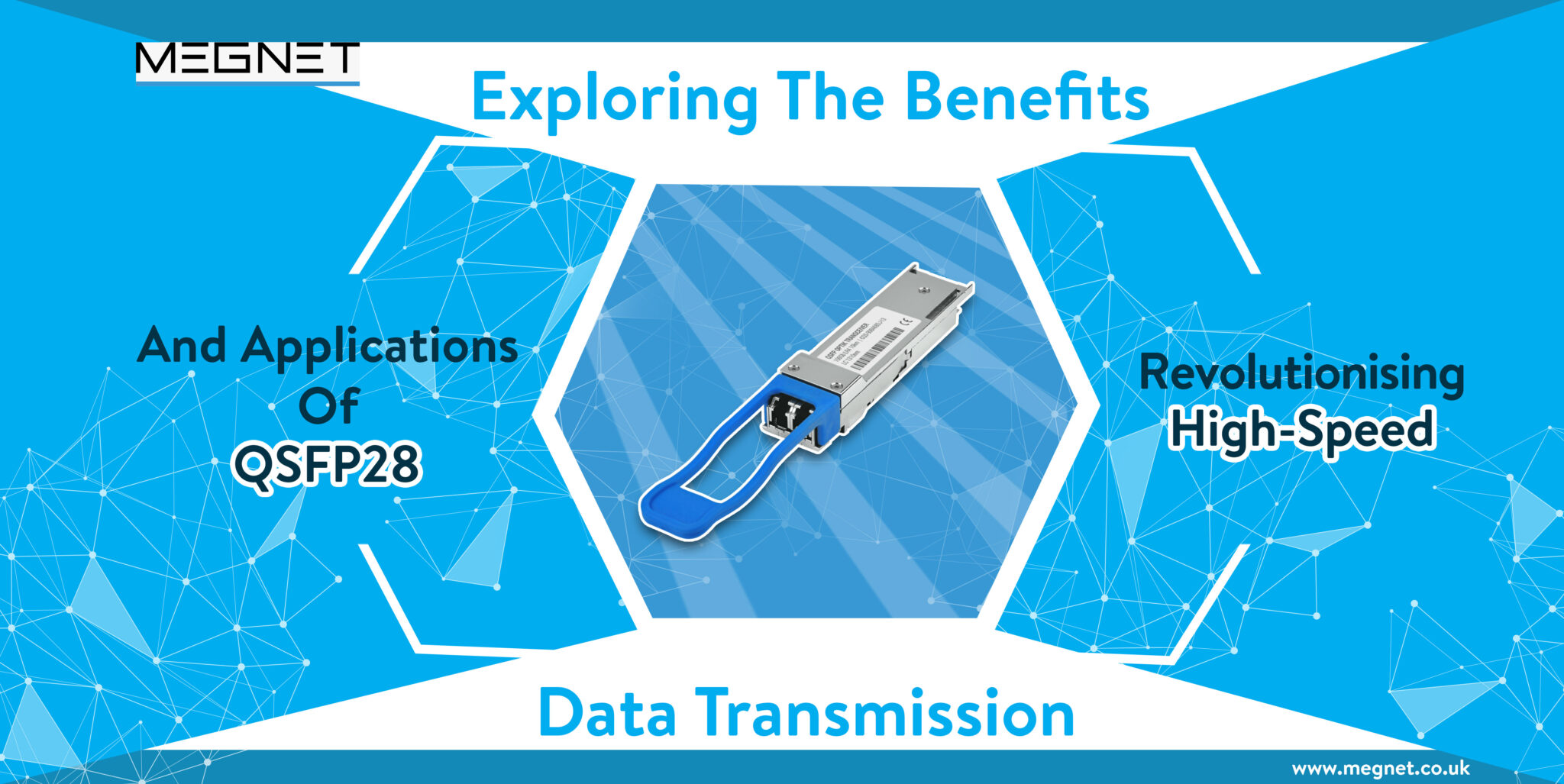

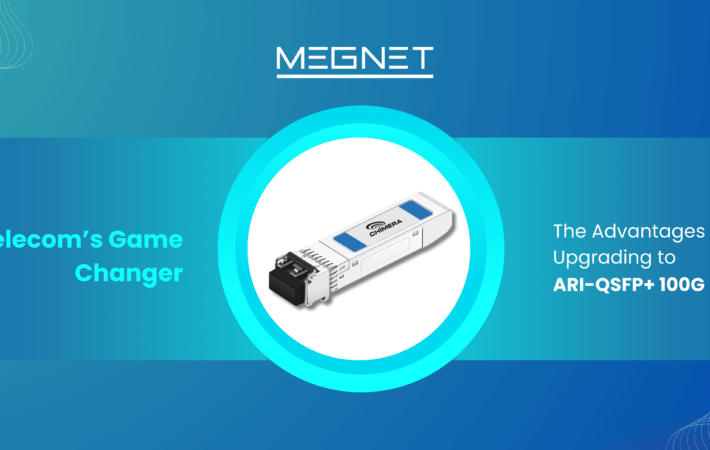

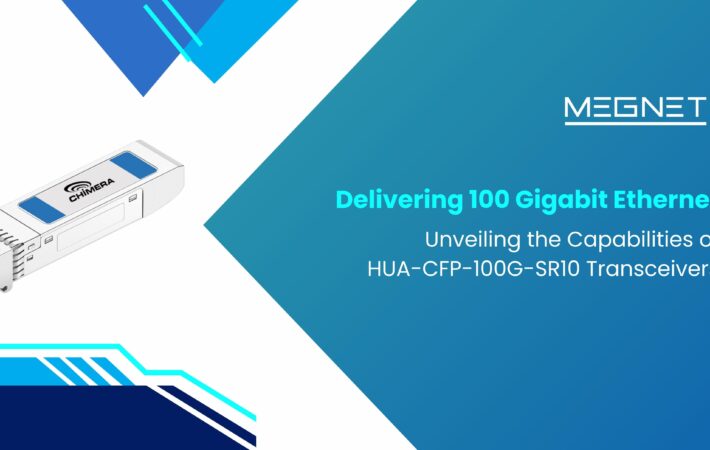
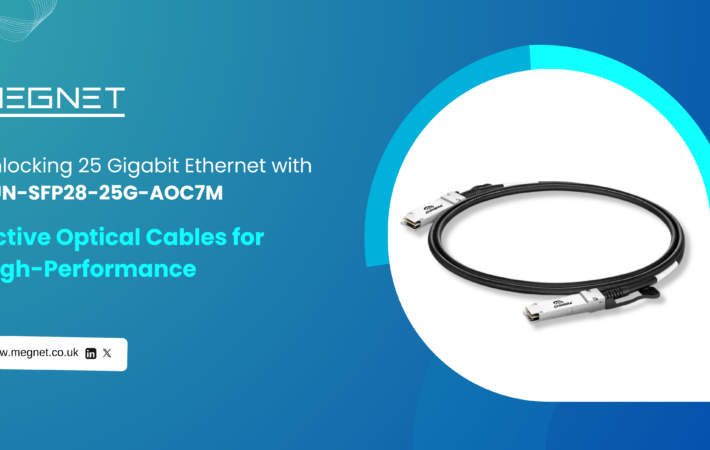
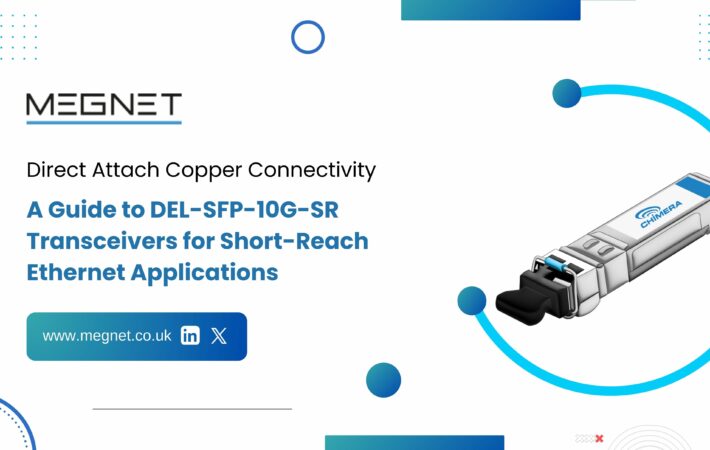


Leave a comment
Your email address will not be published. Required fields are marked *